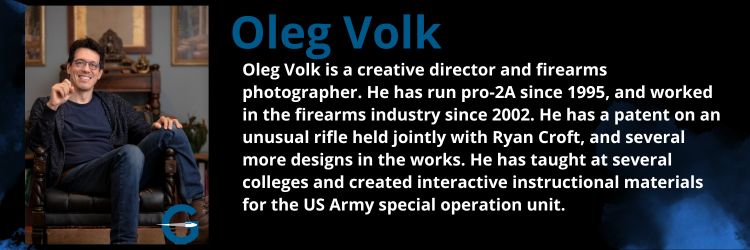Gunsmithing Career History
Gunsmiths have been around much longer than armorers. First gunsmiths evolved from bellmakers, later they overlapped with watchmakers — wheel locks had much in common with watch mainsprings and escapements, and with furniture makers. The same person didn’t usually work in both fields, but the skill sets overlapped considerably. Armorers, people who could maintain and repair mass-produced arms using pre-made replacement parts, were made possible by Eli Whitney, Joseph Whitworth, and other pioneers of assembly line mass production. Once more or less interchangeable parts became common, an armorer could work with guns using a less extensive too and skill set than required of gunsmiths.
Early Gunsmithing
In 17-18th century North America, gunsmithing developed quite extensively due to the combination of two factors: minimal domestic gun production, at least initially, and reduced regulatory controls over gun making and repair compared to the rest of the world. A British or a German rifle used on the frontier would eventually need repairs, and parts were usually made by somebody other than the original manufacturer.
Forwarding to the 19-20th century, a massive amount of sporterized military surplus guns, percussion conversions from flintlocks and cartridge conversion from percussion, low-priced commercial guns that required regular repairs to keep working, as well as a thriving market in one-off bespoke or customized hunting firearms, all kept the institution of gunsmithing thriving in the US.
Modern-Day Gunsmithing
From the late 1960s to present, additional impetus came from regulatory pressures making it more practical in many cases to repair or remanufacture guns than to buy replacements. Consider the expedients required to keep NFA guns going, or to manufacture arms from imported parts kits in which increasing number of parts like receivers and barrels must be destroyed due to federal mandates.
At this time, people with gunsmithing education have two major career paths. The first one is working as institutional armorers, performing simple repairs on a limited lineup of issued weapons, and also keeping track of the gun dispositions. While making use of the same skills as gunsmithing, this career track underutilizes the education a bit. The second track is actual gunsmithing, customizing guns and making repairs more extensive than just swapping of parts. For example, an armorer may replace an AR15 trigger pack as a whole, while a gunsmith might swap a spring and polish or reconfigure engagement surfaces and even re-harden them.
There’s a long-standing joke about making a small fortune at gunsmithing by starting with a big one, but the shortage of qualified gunsmiths makes for excellent job security for those who just enter the field or have been in it for a long time. The ever-increasing price of competent gunsmith’s time, and the ever-worsening cost of regulatory compliance and licensing leads to the situation in which routine repairs of inexpensive guns are seldom worth it.
Modern gunsmith focuses largely on performance improvements, fitting furniture to specific users, repairs of historically significant or sentimentally important examples, and decorating higher-end hunting and presentation guns, in short, actually interesting projects with decent budgets. Most large guns stores and ranges keep gunsmiths on-premises, providing work in the form of maintenance of the rental guns, assisting customers with diagnosing and fixing issues, and doing custom work the rest of the time.
As technology evolved, new parts may be manufactured with CNC machines, 3D printed in plastic or metal, or made by hand from materials that improve on the original specifications. Springs and barrels in particular have greatly improved since recognizably modern guns first appeared in the 1860s. As legal constraints have tightened, gunsmithing education necessarily includes an awareness of local and federal laws, as well as an understanding of the ways to keep current on the developments.
Images courtesy of Oleg Volk
Written by: Oleg Volk, Firearms Photography


